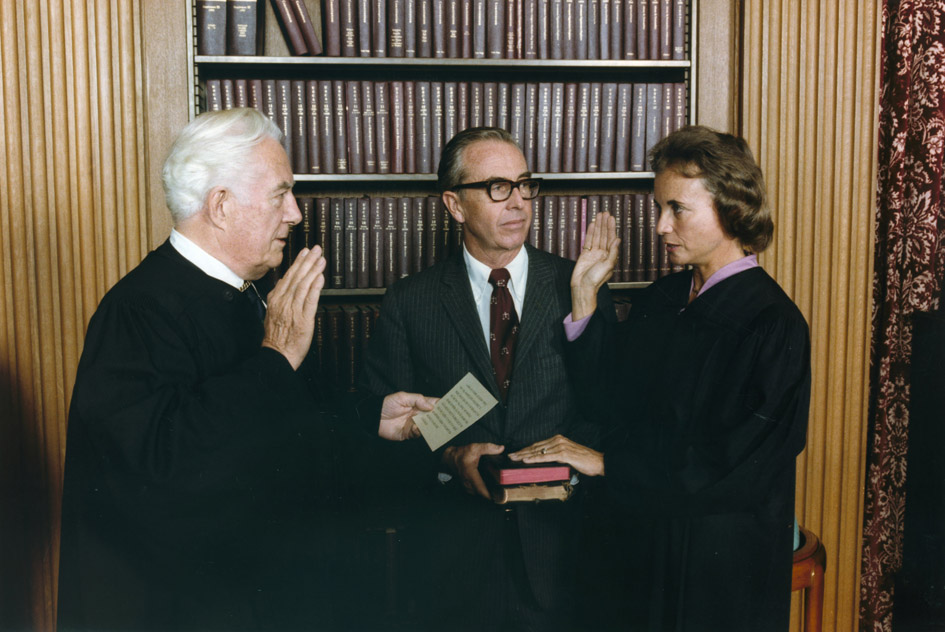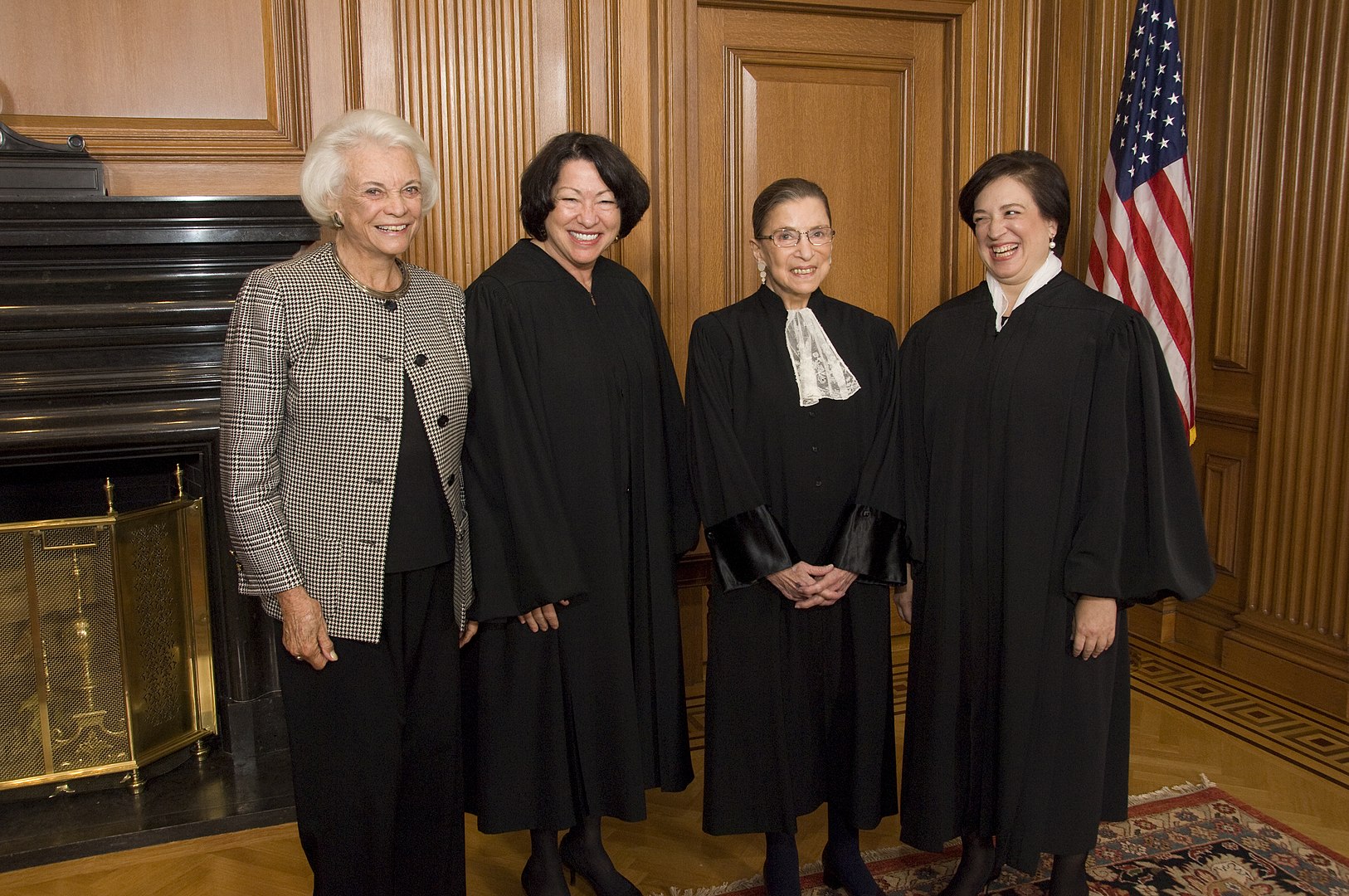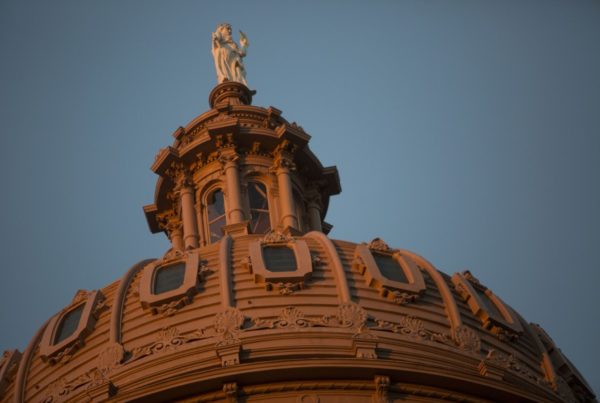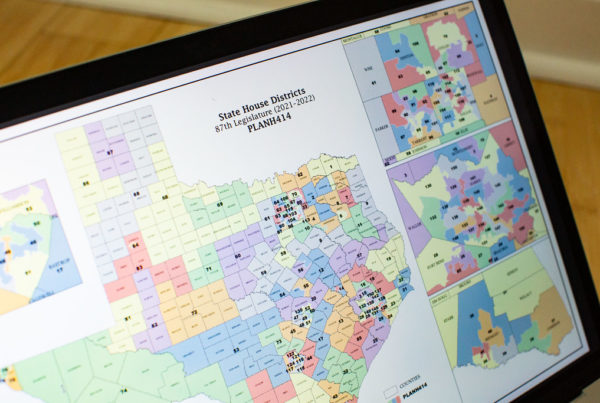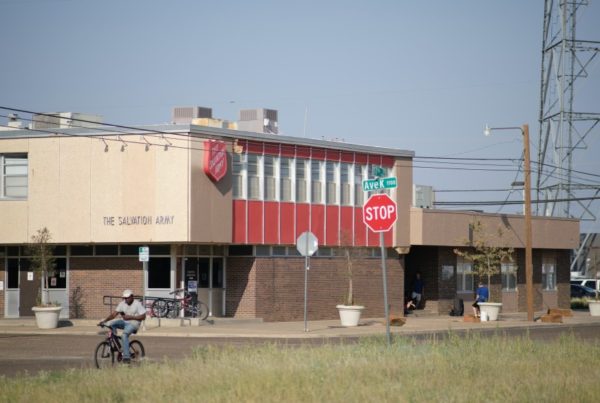One of the defining moments in Sandra Day O’Connor’s life came long before she was nominated as the first female Supreme Court justice in the court’s 191 year history. It also came before her time in politics as a member of the Arizona Senate. And it came before she enrolled at Stanford University at the age of 16 to begin her education to become a lawyer.
It happened on her family’s Arizona ranch – a place where she developed the independence and worth ethic that would guide her through life.
“There’s a great story about her being charged with bringing lunch to the ranch hands who are out working the roundup when she was about 14 or 15 and began driving across this untracked untenanted landscape, no roads. And she got a flat tire and she had to change it all by herself. And needless to say, she was a bit late when she got to the roundup, but she was very proud of herself. And she said, ‘Dad, I had a flat tire and I fixed it.’ And he said, ‘you’re late next time, leave earlier,'” Michelle Ferrari said.
Ferrari wrote and directed the PBS American Experience documentary focused on O’Connor. It’s currently free to stream. Ferrari told Texas Standard that O’Connor’s experience on the ranch and the incident with the flat tire made a very big impression upon her. “And she took that with her wherever she went in life.”
For more on Ferrari’s takeaways from O’Connor’s life and legacy, listen to the interview in the player above or read the transcript below.
This transcript has been edited lightly for clarity:
Texas Standard: O’Connor was born in El Paso and went to school there. Does she ever identify as Texan?
Michelle Ferrari: No. She identified more as being from Arizona, but she had a very unusual childhood. She grew up on a 160,000 acre cattle ranch in southeastern Arizona and there were no schools. So she was born in El Paso, as you said. And then when she was about six, her parents sent her to live with her grandmother, her maternal grandmother, who lived in El Paso, and she would only return to the ranch four summers from six on.
O’Connor is the centerpiece of this film, but would you say feminism is also a theme?
Her story sort of dovetails with the early stirrings of the second wave of the feminist movement. However, O’Connor sort of played defense for the feminist movement. She would never have identified herself as a feminist, although clearly she was. But she considered a feminist someone who is marching in the streets. And that was not who she was at all. She did do a great deal of good for women’s equality during her years in the Arizona Senate and then as a Supreme Court justice. But she shunned the label of feminist.
One label she did not shun was Republican – though her opinions did not always square with contemporary politics. How should we understand that part of this story today?
This was sort of one of the most interesting things to me about O’Connor’s story is that it offered a lens on this shift from sort of consensus-style politics of the postwar era to the polarization we see today. When Sandra Day O’Connor became active in the Republican Party as a young married woman, as a volunteer, the Republican Party was still very pluralist. There were a great many views under the umbrella of the Republican agenda as she came into her own as a professional and then became nominated to the court by Ronald Reagan, we begin to see kind of a hardening, an ideological hardening, a party realignment and an ideological hardening. And her career as a Supreme Court justice, her tenure on the court, really tracks that hardening between 1980 and the time of her retirement from the court in the 2000s.


